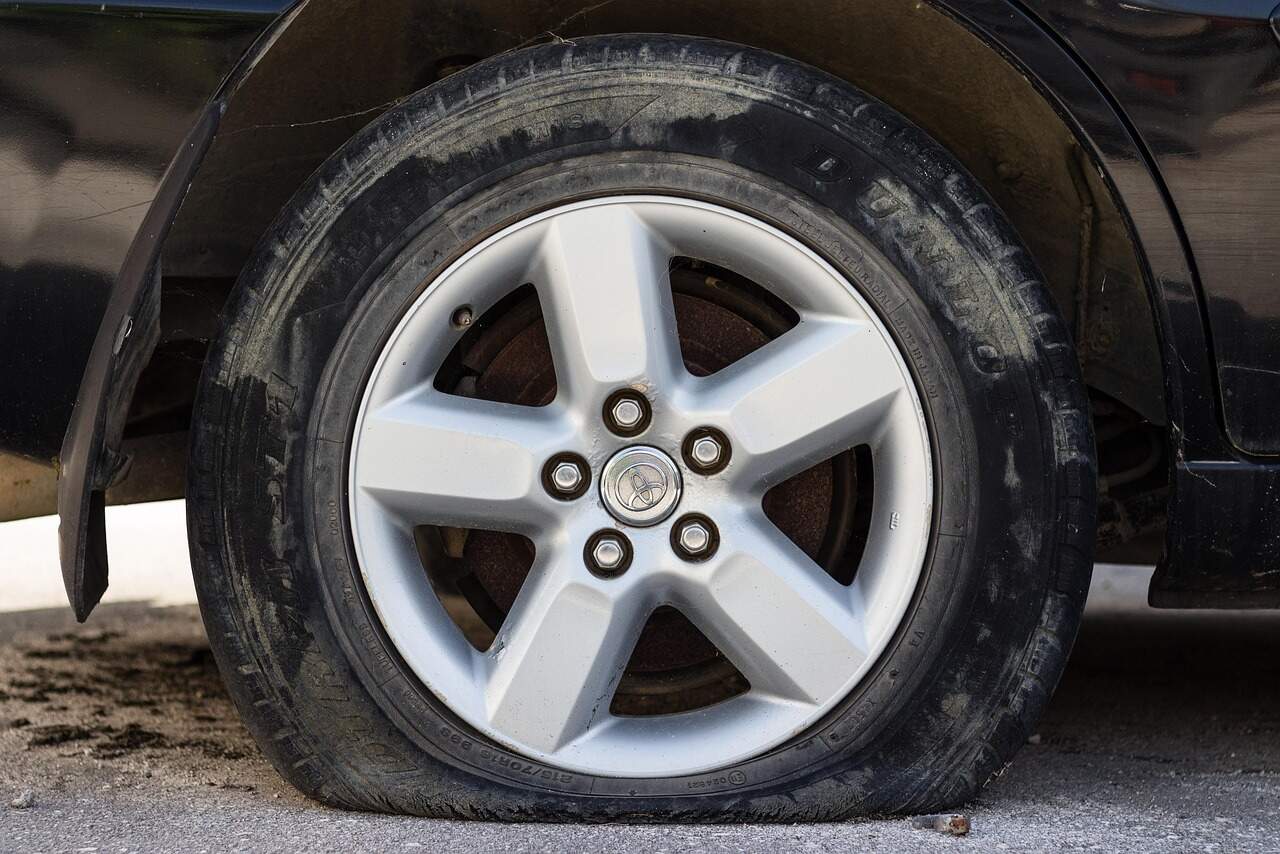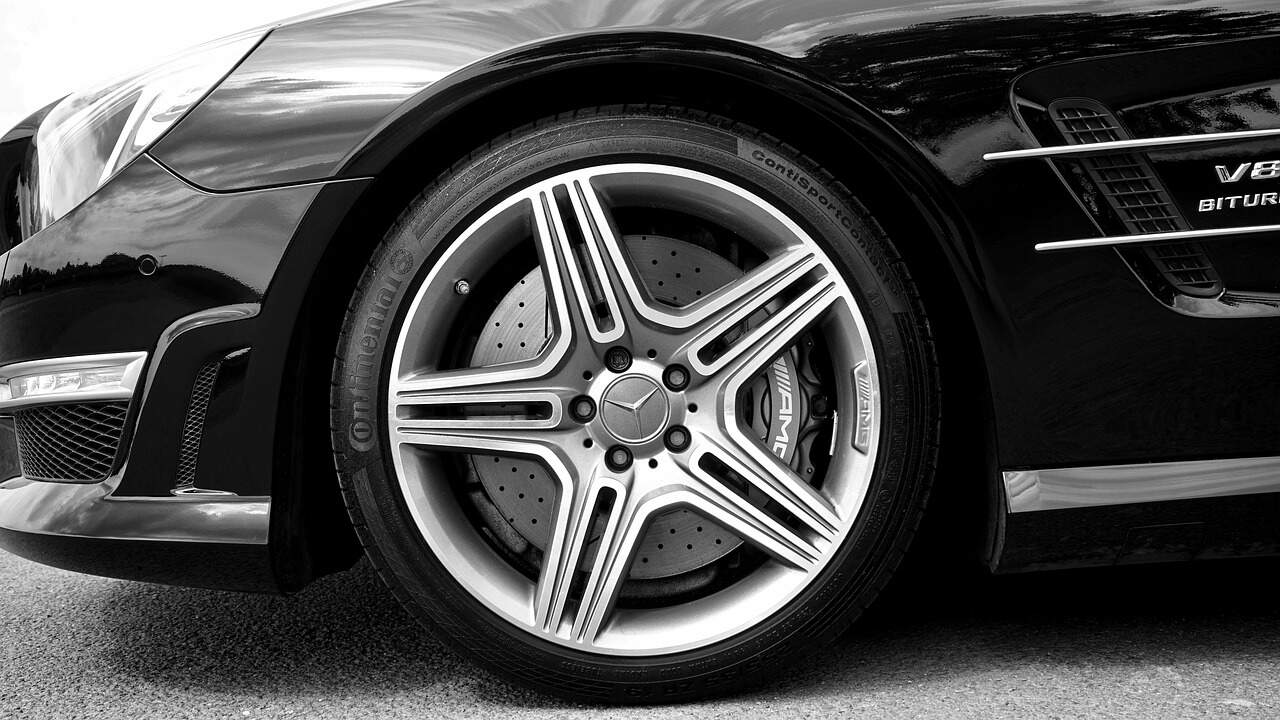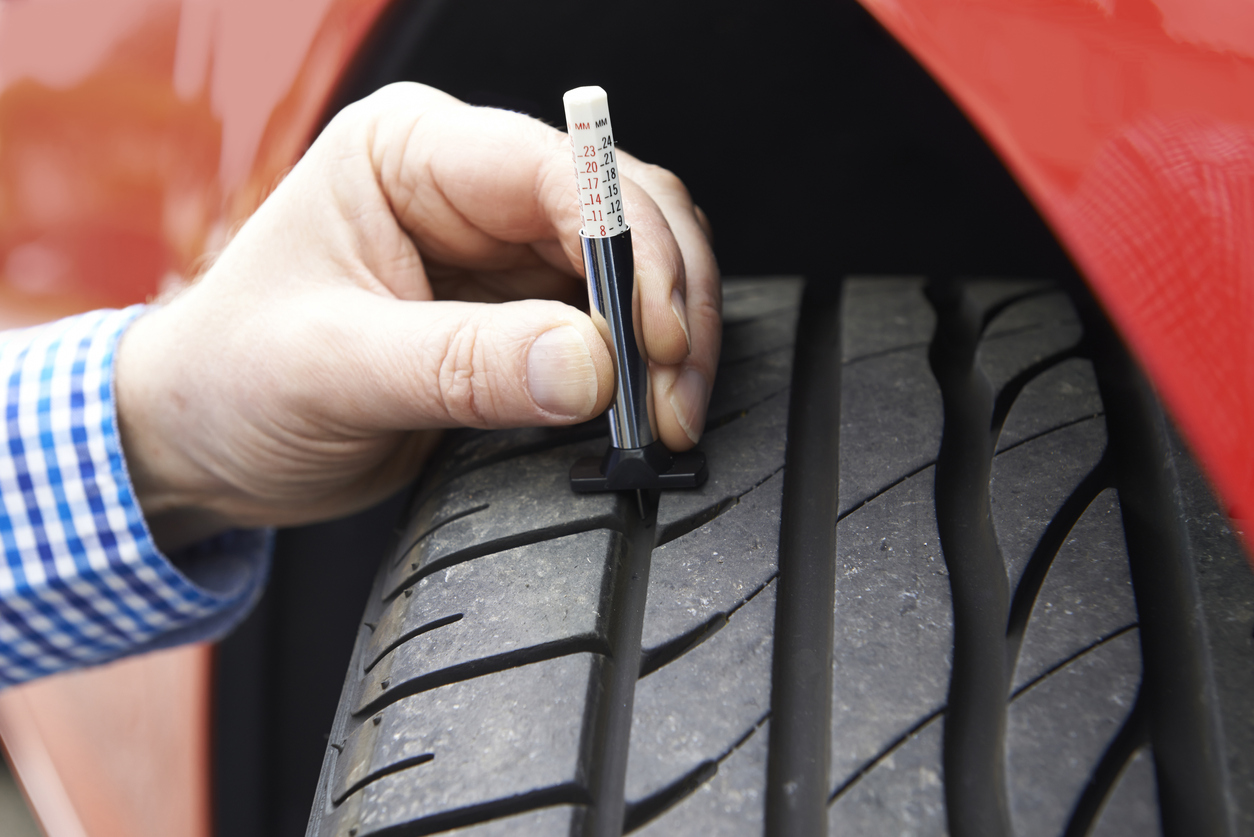Depending on where you are in Australia, driving in winter may not involve navigating snow-covered roads, but it does bring its own set of challenges.
From wet roads to reduced visibility, it's absolutely essential for drivers to understand how to adjust their driving techniques to maintain safety in various driving conditions. In this article, we'll look into some of the common causes of motor vehicle accidents (MVAs) during the Australian winter, discuss essential driving adjustments, explain the phenomenon of 'summer ice', and highlight the critical role tyres play in safe winter driving.
What are the Leading Causes of MVAs in Australia?
In Australia, many motor vehicle accidents during the winter months often state weather and road conditions as a factor.
Wet roads significantly increase stopping distances and reduce the amount of available tyre grip. After long dry periods, the roads can become extra greasy following brief showers after a dry spell, which is a result of oil and dirt on the road surface loosening up with exposure to water.
Reduced visibility due to shorter daylight hours, fog or rain can make it difficult for drivers to see road signs, other vehicles, and pedestrians. Bring aware of the additional risks and adjusting driving habits accordingly is essential to minimising the chance of accidents.
What Driving Technique Changes Should Apply in Winter?
Driving in winter and poor weather conditions in general requires more than just cautious driving; it involves specific changes to your driving techniques. Some of these suggestions will be obvious, while others might be a light-bulb moment. If you’re teaching someone how to drive, ensure they understand these points, as it will help them when they’re out driving on their own.
Increase following distances
When driving in wet or slippery roads, it is safer to leave more space between you and the vehicle in front.
Even if your reflexes and vehicle can stop fine in response to something happening ahead of you, the driver behind you might not be so lucky. Additional space allows you to slow down in a more controlled manner, giving the vehicles behind you the same luxury.
Use your lights wisely
When driving in foggy, dusty, snowy or rainy conditions, ensure your headlights are on (not just your park lights) and properly adjusted. It’s often worth manually turning your headlights on, as opposed to leaving them in automatic in these conditions.
Even if you don’t require your lights to see ahead of you, other road users will be able to make out your approaching vehicle much easier, while seeing both of your headlights allows other drivers to more accurately gauge your distance and speed.
The use of headlights around dawn and dusk is particularly helpful for the same reasons.

Avoid sudden actions
Just like walking on literal ice, driving in wet and greasy conditions requires everything you do to be performed just a little bit slower, a little bit smoother and a little bit more cautiously.
Sudden braking or sharp steering movements that are normally fine on a nice sunny day are more likely to lead to skids or loss of control in winter conditions.
Regardless of whether your vehicle is front wheel drive, rear wheel drive, or some variation of 4WD or AWD, stomping on the accelerator pedal mid-way around a corner in wet conditions is a sure-fire way to lose traction, with potentially disastrous consequences.
Slow down
Speed limits on roads are chosen based on a variety of conditions, such as visibility, width, amount of intersections, expected traffic and so on.
Whenever you’re driving in inclement weather, heavy traffic, or even on unfamiliar roads, it’s wise to knock a bit of speed off, giving yourself extra time and distance to react to unpredictable conditions.
What is Summer Ice?
You might have heard of this under other names, and 'Summer ice' might sound contradictory, but it's a relatively common phenomenon in Australia.
‘Summer Ice’ occurs when light rain falls after a long dry period, with the rain mixing with oil residue, dust, microplastics and fine debris on the road to create extremely slippery conditions. This layer can be just as treacherous as real ice found in colder climates.
Being aware of this danger, and the circumstances that cause it is crucial for avoiding being caught out by sudden loss of traction after a bit of rain.
The Importance of Good Tyres
Tyres are your only point of contact with whatever surface you’re driving over, so it makes sense that their condition and type are crucial to safe driving in all conditions.
Safely driving in wet conditions demands the use of tyres that can expel water effectively to maintain contact with the road. While the minimum tread depth for road use is 1.5mm, if you're frequently driving in wet conditions, most experts recommend looking for new tyres when your tread depth reaches 3.0mm or less.
Some tyres are more suited to wet and cold conditions than others. For example, if you live somewhere that routinely sees temperatures of less than 7 degrees, it’s worth looking at a tyre that is suitable in such conditions. For SUVs and 4WDs, tyres with the ‘3 peak mountain snow flake’ logo, or 3pmsf rated, don’t get hard in cold conditions and suffer from reduced grip.
Coming into winter, or the wet seasons, or either, depending on where you live, is the perfect time to have your local Tyrepower store take a look at your tyres. We can take a quick look at your tyres and let you know how much tread you have remaining, as well as keep an eye out for uneven or premature tyre wear.
Drive Safe, with Tyrepower
Colder, shorter days can present driving challenges, regardless of where in the country you are. Your nearest Tyrepower store are experts in the local area and can provide recommendations on tyre selection, tyre pressure, local driving conditions and even which roads to avoid.
With over 300 locations nationwide, there's always a Tyrepower professional nearby, ready to help you drive safer this winter. Make sure your tyres are ready to tackle whatever conditions this winter throws at them and get the POWER of Australia's largest independent tyre retailer, with Tyrepower.



























